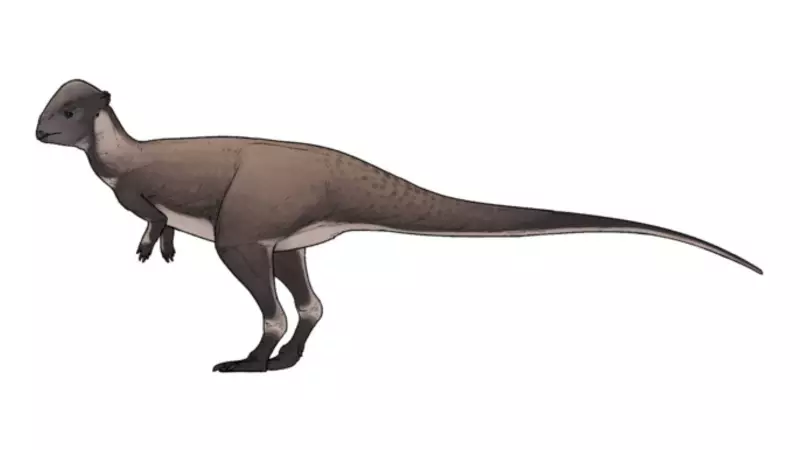
In an extraordinary breakthrough that's sending ripples through the paleontology community, researchers have unearthed a remarkable dinosaur fossil in Montana that promises to reshape our understanding of dome-headed dinosaurs. The discovery reveals an early ancestor of the famous Pachycephalosaurus, complete with a spectacular spiky dome skull that challenges previous evolutionary theories.
The Montana Marvel: A Prehistoric Puzzle Piece
The fossil, discovered in the fossil-rich badlands of Montana, represents a previously unknown species that walked the Earth approximately 70 million years ago. What makes this find particularly significant is the unique cranial structure – a dome-shaped head adorned with prominent spikes, suggesting this creature was an evolutionary precursor to the better-known Pachycephalosaurus.
Dr. Mark Goodwin from the University of California, Berkeley, who co-authored the study, expressed excitement about the discovery. "This specimen provides crucial missing links in our understanding of how these dome-headed dinosaurs evolved and diversified in North America," he stated.
Anatomical Revelations That Challenge Conventional Wisdom
The newly discovered dinosaur displays fascinating anatomical features that distinguish it from its later relatives:
- A thicker, more pronounced dome structure than previously known early species
- Distinctive spike patterns that suggest complex social behavior
- Intermediate size between earlier and later dome-headed species
- Unique cranial ornamentation that may have served multiple purposes
Evolutionary Significance and Research Implications
This discovery fundamentally alters the timeline of dome-headed dinosaur evolution in North America. Previously, scientists believed these dinosaurs followed a linear evolutionary path, but the Montana specimen suggests a more complex, branched evolutionary tree with multiple species coexisting and competing.
The research team employed advanced imaging technology and comparative analysis to study the fossil's microstructure, revealing insights about the dinosaur's growth patterns and potential behavioral characteristics. The well-preserved nature of the specimen allows scientists to examine fine details of bone structure that were previously inaccessible in less complete fossils.
Montana: The Paleontologist's Paradise
Montana continues to solidify its reputation as one of the world's premier dinosaur fossil locations. The state's unique geological formations and preservation conditions have yielded numerous significant discoveries that continue to reshape our understanding of prehistoric life. This latest find adds to Montana's impressive portfolio of paleontological treasures that attract researchers from around the globe.
The discovery underscores the importance of continued fossil exploration and research in regions known for their rich paleontological heritage. As technology advances, even well-explored areas like Montana's badlands continue to yield surprises that challenge and refine our understanding of dinosaur evolution.
This groundbreaking research not only fills crucial gaps in the dinosaur family tree but also opens new avenues for understanding the complex ecosystems of Late Cretaceous North America. The Montana discovery serves as a powerful reminder that many secrets of our planet's prehistoric past still lie buried, waiting for dedicated scientists to uncover them.





